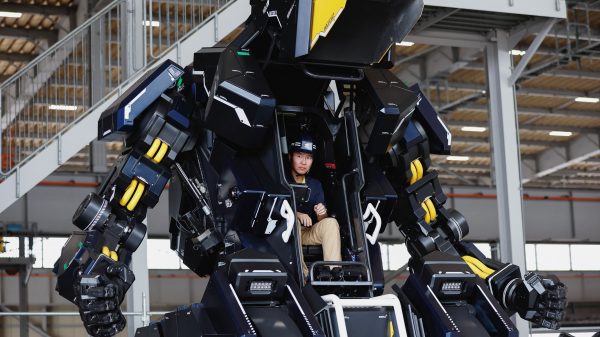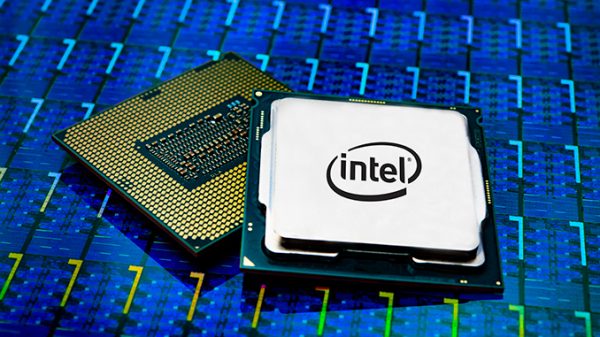Nanobots: robots on a nano scale.
Human Paragon
The future is amazing.
A new way of using nanorobots has been discovered thanks to the Chinese University of Hong Kong (CUHK), a method that could help surgeons perform complex medical tasks.
The research, announced Thursday, is led by associate professor Zhang Li at the university's Department of Mechanical and Automation Engineering. Inspired by flocks of birds and schools of fish, Zhang's team used a magnetic field to control the nanobots' movements and implement swarm behaviours. You can see them in action in the video below:
The nanobots, millions of magnetic nanoparticles, can change their form to whatever environment they're interacting with. They can reportedly extend, shrink, split and merge, in their swarm.
"The most creative and difficult part in our work is to find a proper actuation method to realize the highly reconfigurable swarm at the microscale," Zhang told CNET in an email.
The method could be used by surgeons to send the nanobots through hard-to-navigate spaces, the researchers say. They could also reportedly be used for targeted drug delivery, cancer therapies and eye surgeries.
"In near future, I envision that the magnetic microswarm technique may offer new opportunity for recanalization of occlusion in vascular systems, such as stroke," Zhang wrote. "Besides, other kinds of potential applications are expected, such as maskless surface patterning for microfabrication and localized fluidic manipulation for microfluidic systems."
The team has begun conducting animal tests for the process in collaboration with the Prince of Wales Hospital in Shatin at CUHK.
I repeat, the future is amazing.
The team's findings have been published in Nature Communcations.
First published Aug. 30, 9:50 p.m. PT.
Update, Sept. 2 at 6:30 p.m.: Adds comment from Zhang.
Tech Enabled: CNET chronicles tech's role in providing new kinds of accessibility.
Taking It to Extremes: Mix insane situations — erupting volcanoes, nuclear meltdowns, 30-foot waves — with everyday tech. Here's what happens.























































